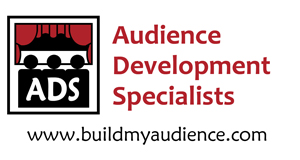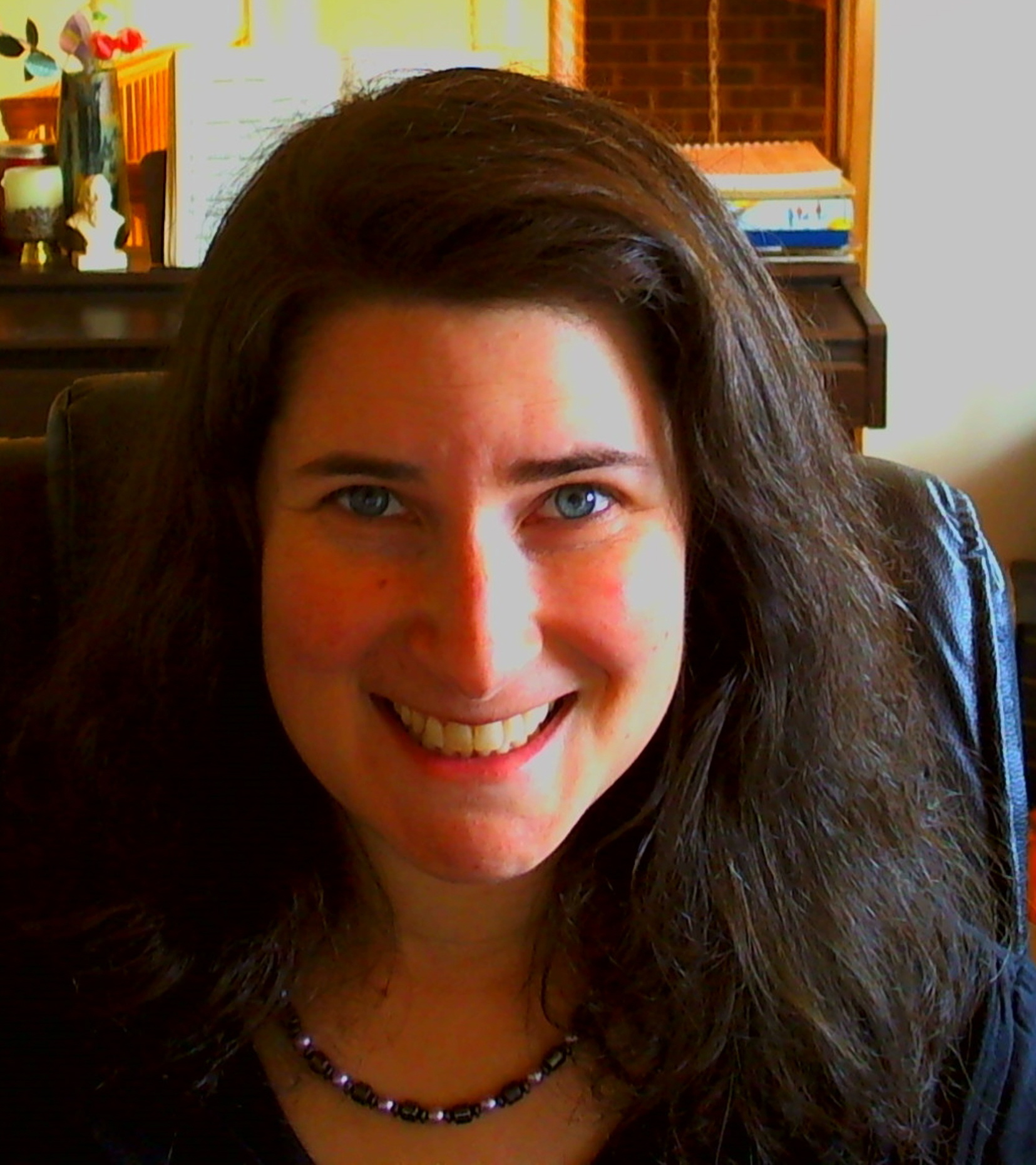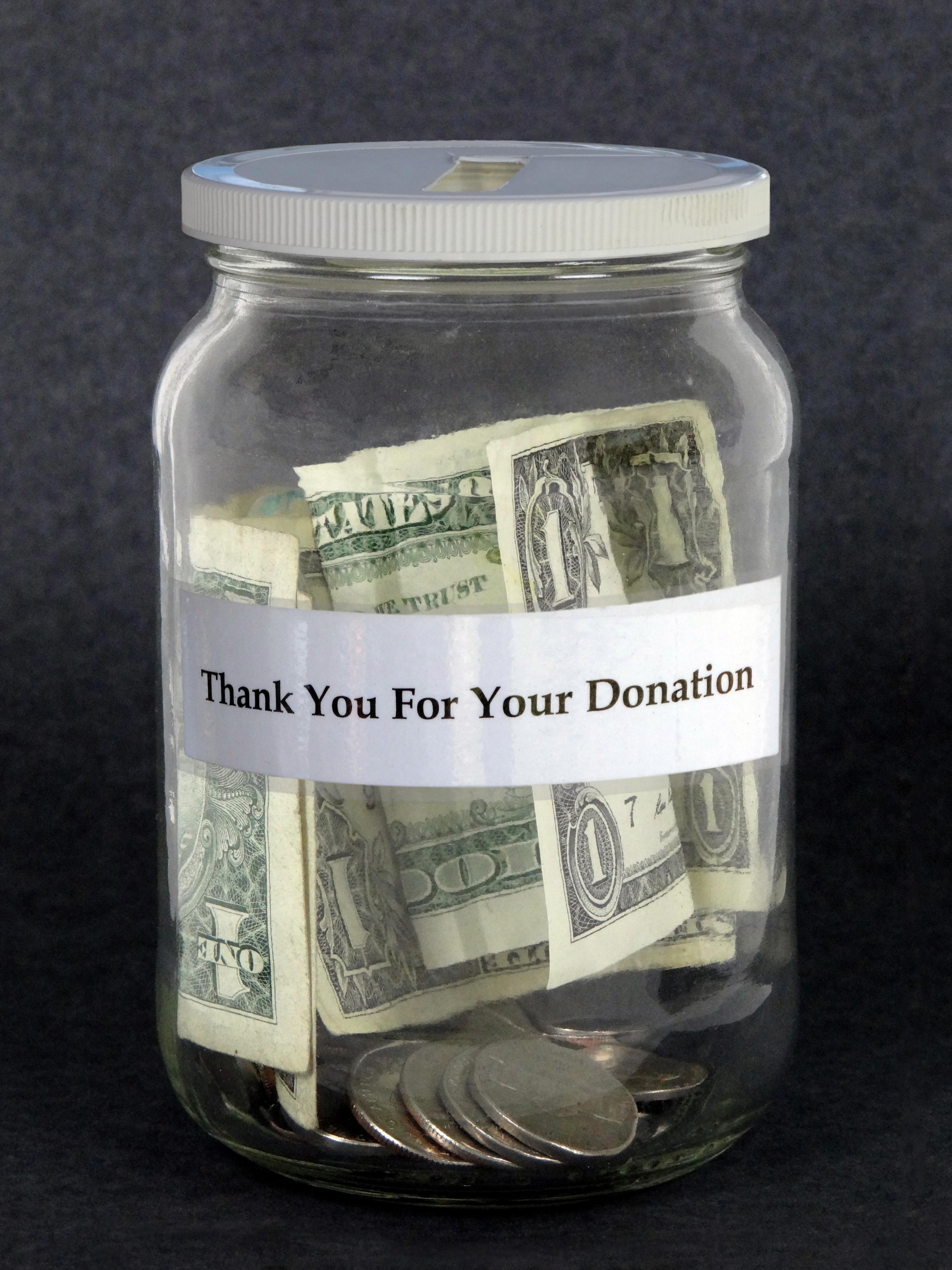There has been talk around the twittersphere about the importance of parking for audience development. One of the biggest reasons why patrons do not come back is not quality or programming, but parking! Costs are also a factor. How can this be?
The discussion started via an article that is being sent around:
How Symphonies Grew Strong Audiences By Killing The Myth Of The Average Consumer
In 2007, several orchestra managers joined forces to analyze their collective marketing challenge. A pro bono third-party study by Oliver Wyman (Audience Growth Initiative) found that on average, symphonies lost 55% of their customers each year; churn among first-time concert-goers was 91%! …
The symphonies compiled a list of 78 attributes of the classical music experience, from the architecture of the hall to the service at the bar to the availability of information on the Internet. Using online surveys and other techniques, the list was whittled down to 16 factors with the greatest impact on attendance.
Horns and strings! It turns out the quality of the orchestra, magnificence of the hall, and virtuosity of the conductor were not particularly important attributes. What was? Drum roll! The most powerful “driver of revisitation” was parking! As with other orchestras, veteran members of the core BSO audience had figured out where to park, but trialists identified it as a huge hassle–so they didn’t come back. Another driver was the ability to exchange tickets; trialists found the “no refunds, no exchanges” policy a deal breaker.
Many people have been surprised to see that parking is this big of an issue, but honestly, I am not. Think back to your own experiences. Unless there is an event that is a “must see,” if I had trouble finding parking, I will not go the next time. If the experience leading up to attending becomes a hassle, and the discomfort level outweighs the experience, people will not return.
Here was the list of the 16 main factors they had sited in the study:
Core Product
- Repertoire
- Hall
- Contemporary music
- Enriching experience
- Orchestra prestige and quality
Music Enhancement
- Music information
- Live commentary
- Special effects
Hall Access
- Access
- Parking
- Ability to attend
Social Experiences
- Social outing
- Bar
- Orchestra club
Transactional
- Planning and purchasing
- Exchanges
In looking at this list, the hall access and transactional were the biggest factors for the reason why people did not return. This means that the customer service side of your arts business may need attention. The overall experience for the event – before, during, after – needs to be addressed to make your audience members comfortable and happy. When people are delighted with the overall experience, they are more likely to come back.
This entire report is worth looking at since it goes on to discuss how to keep the unconverted trialists through “killer offers” based on the fact that discounts have the most leverage for increasing single ticket sales. However, the point that it is more cost effective to build relationships with your current attendees due to higher ROI over the years was duly noted.
All in all, the message from this report is clear. We need to value all of our patrons in ways that they will feel valued. Making it easy and enjoyable throughout their entire event experience and building relationships with them is definitely the way to go.
Cheers to happy and loyal audiences,
Shoshana
Shoshana Fanizza
Audience Development Specialists
https://www.buildmyaudience.com
“Never treat your audience as customers, always as partners.”
~James Stewart





